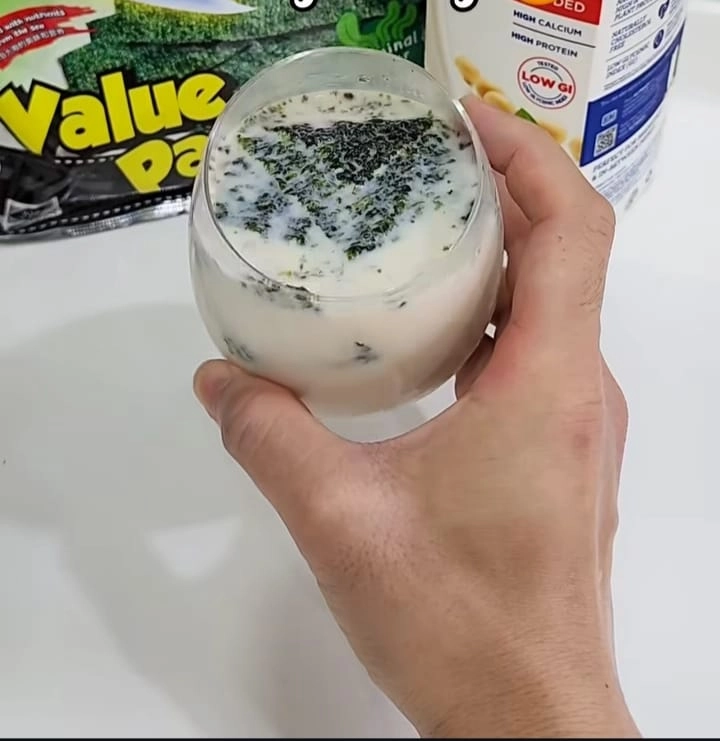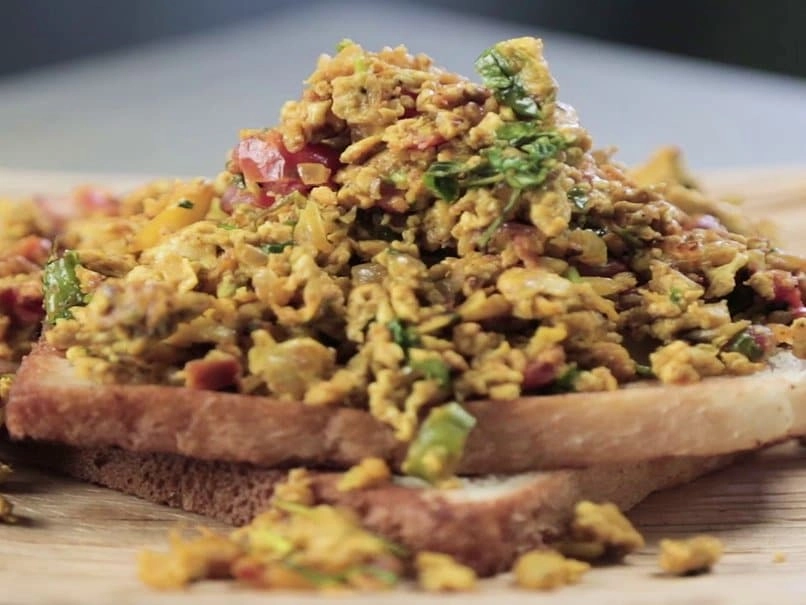A recent video by a popular food vlogger has sparked a lively debate on social media after she tried seaweed milk for the first time. In her review, she described the unique beverage as “comforting,” praising its creamy texture and subtle flavor profile. The vlogger, known for her adventurous palate and willingness to explore unconventional food items, took her audience through the experience, expressing a sense of warmth and satisfaction with each sip. Her enthusiasm seemed to resonate with some viewers, who appreciated her open-minded approach to trying new foods.
However, not everyone shared her enthusiasm. The internet quickly erupted with mixed reactions, and many users took to various platforms to voice their opinions. While some viewers were intrigued and expressed a desire to try seaweed milk for themselves, others found the concept off-putting. The term “bit gross” became a recurring theme in the comments, as skeptics questioned the idea of drinking milk made from seaweed, a food typically associated with sushi and salads rather than beverages. This divide in opinion highlights the varying tastes and comfort levels people have when it comes to trying unfamiliar foods.
The discussion surrounding seaweed milk is not just a reflection of personal taste but also opens up broader conversations about food innovation and sustainability. As alternatives to traditional dairy products gain popularity, many consumers are seeking plant-based options that are both nutritious and environmentally friendly. Seaweed, known for its rich nutrient profile and low environmental impact, is becoming an increasingly popular ingredient in various food products. The vlogger’s adventurous taste test, therefore, may have brought attention to a potential shift in dietary habits that prioritize health and sustainability.
As the debate continues, it’s clear that the intersection of food culture and social media can lead to unexpected trends and conversations. Whether you find the idea of seaweed milk appealing or a bit gross, the dialogue surrounding it illustrates how food preferences can vary widely and how new culinary experiences can challenge our perceptions. In a world where food innovation is constantly evolving, the willingness to explore and share these experiences—like the vlogger did—can inspire others to step outside their comfort zones and perhaps even discover new favorites.




